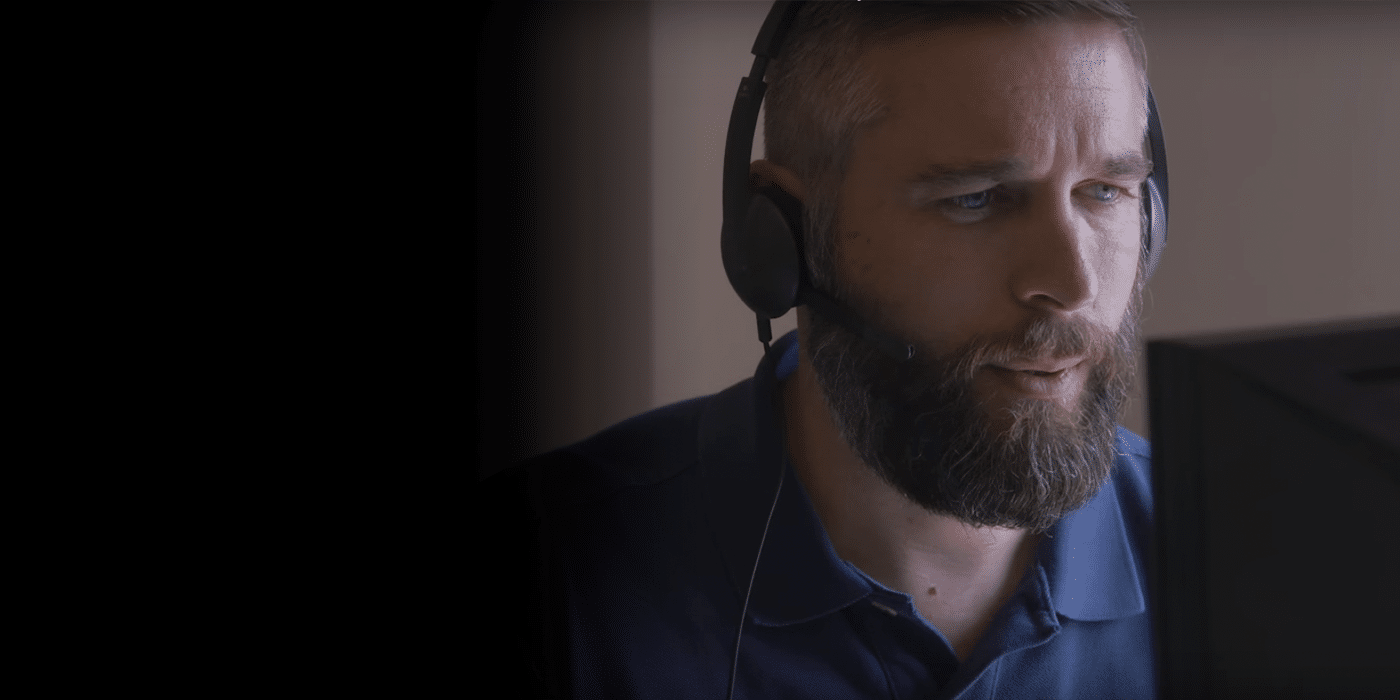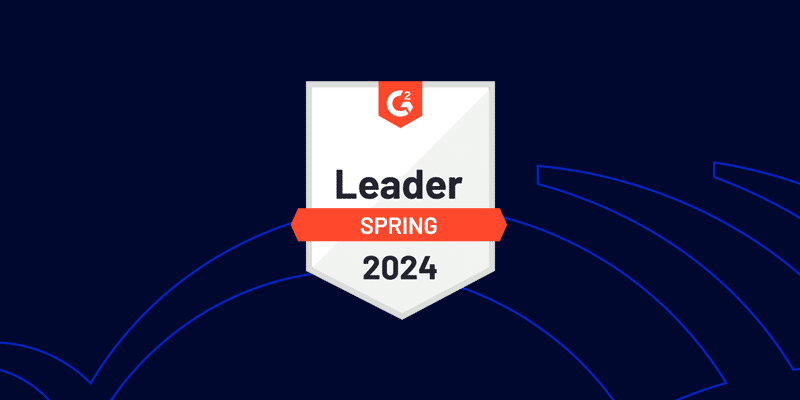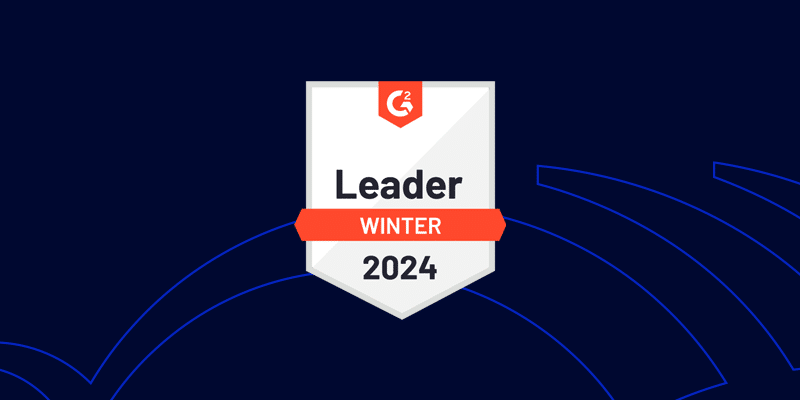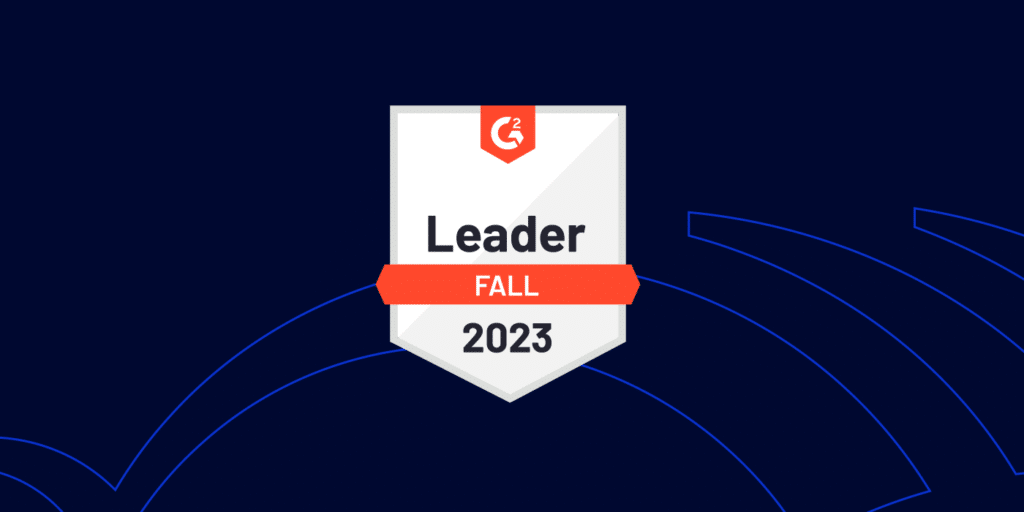Modern Workplace Innovators: Meet Colin McCarthy
October 14, 2015
7 minute read

Colin McCarthy is the North American Associate Director of IT for Essence. Not only has he managed the IT and Google Apps suite for the multinational marketing agency, but he’s also orchestrated multiple migrations to the cloud for the companies they have acquired.
McCarthy is the first IT professional featured in our Modern Workplace Innovators video series, where we highlight exceptional IT administrators who have used technology to transform the way people work. From taking on natural disasters that resulted in mass power outages to implementing third-party apps to boost employee efficiency, he’s seen and done it all. We got a chance to sit down with him to discuss his experience as a Google Apps admin and get his advice for those making the transition.
To hear his story, watch the video above.
When did Essence first move to Google Apps?
McCarthy: Essence has been using cloud services and Google Apps for Work since about 2009. I joined in 2010 as the first full time IT person and, at the time, there were about 60 people on the domain. They’d made the move from a small biz server because they got to the point where license cost and capacity were becoming an issue. They had to decide whether or not to invest in Exchange. Back in 2009 that was quite a step. Google Apps for Work was a relatively young service. Google Docs had only been around since 2007, and Gmail was probably five years old, so it was a leap of faith. But our founders and IT staff understood what the benefits of moving onto the cloud were going to be, even in 2009.
What was your experience with migrating companies from a hosted exchange to Google Apps?
McCarthy: At the end of 2012 and at the beginning of 2013, Essence purchased two companies on the West Coast in San Francisco and Seattle. They were small agencies and specialized in their field–very much a traditional IT infrastructure. Although they were working on a hosted Exchange and they had local file servers, they were using Outlook as a client and their offices had slower internet speeds than we had in our other offices in London and New York. The initial challenge for us was removing them from the notion that “My email comes into my Outlook, on my laptop” to “My email can be accessed on any device, anywhere.”
How difficult were the migrations?
McCarthy: Migrating off the hosted Exchange was quite seamless and not at all painful. On a Friday we stopped their access to their old system. We migrated all their data over the weekend, and on Monday morning we gave them their new log-in accounts to our Google Apps for Work domain. They were able to log in, they could see their mail that they had always had, their new mail that had come in. They could access their contacts, their calendars had synced over, and we even recreated all of their mailing lists. The only thing that changed was the appearance of how they’d access their mail. All the data, which is the valuable thing, stayed the same.
How did the users react to the changes?
McCarthy: There’s always some resistance to change, whether [it’s] changing socks or moving into a new house. It can be traumatic. Changing companies and having somebody else come in, and us being seen as the IT department dictating how things should be done, can have that same effect. To make the transition easier, we would find out who in that company was already a heavy personal user of Gmail or had used Google Apps for Work at a previous employer, and then we used them as a local reference point. It was easier for Google to be adopted if we weren’t perceived as the new corporate overlords coming in and saying, “This is what you must use.” Instead, we would have people internally say, “Guys, this is a great new product that we’re moving to. We’re not losing anything. We’re gonna be gaining this.” Those internal advocates were the real Google Apps adoption champions.
How did you react to resistance from your users?
McCarthy: I guess we had to let them know that yes, you’re going to miss a couple of features. However, you’re going to get all of this added collaboration with our other offices. You’re going to have seamless chat and seamless video. You won’t have to purge your email like you had to before. All your contacts have come over and all of your groups are the same. It’s just relearning how to do the same job in a slightly different interface.
Within three days, everybody was happy with Google Apps for Work and was able to carry on seamlessly from what they’d previously been using. We find that with our new users here, normally within three days, they’re a master at sharing Docs, creating Calendar invites, having Hangouts, using our Chromebox for meetings. It’s a very intuitive system.
Did you have a strategy for handling all the questions that come up after going through a massive change like this?
McCarthy: I created a Google Form and I got people to fill it in because I wanted to see the recurring questions or problems people were having. I could then address common questions to multiple people rather than constantly answer individual questions. It sort of gauged what the teething problems were, what people needed, what was missing. It’s very easy for me to collate their responses in a spreadsheet from a Google Form and also share it with other people in the team. They can see how new staff are getting on and what our ongoing problems might be.
What were some of the immediate benefits you noticed?
McCarthy: The collaboration side is immensely important to us with Google Apps for Work. When we do large pitches for a client, or people are working on a project, you have up to six different teams in all of our offices providing information and working on a presentation. If you’re using PowerPoint, you either have it on a shared server, have people checking in and checking out the doc, or everyone’s working on a different version of the doc and then everybody imports it into one doc or merges it and you have to replace it. With Google Docs, Sheets, and Slides, you can have multiple people working at the same time on one single presentation and that becomes immensely important when edits are being made up to thirty minutes before a presentation is going to be made. There’s no question of ‘Is this the right document?’
Can you think of any memorable moments where your company really felt the benefits of being in the cloud?
McCarthy: Google Apps has built-in disaster relief. We don’t ever worry about accessing our core systems, our Doc sharing, or our chat if there is a disaster. In the case of Hurricane Sandy in 2012 in New York, where everything lower than 28th Street lost power, our offices in New York lost power for five to seven days. All of our employees were still able to collaborate, communicate, share Docs, and talk to one another from wherever they had power and an internet connection. We didn’t really skip a beat. There was very little downtime and it was the same when London lost power. Only a very small number of people had to connect to our corporate network to carry on their daily tasks. Running on Google Apps means that we’re a lot more flexible.
It’s not only big natural disasters like Hurricane Sandy. Take the Tube strikes in London. People didn’t have to come into the office, but also, they’re not tied to the office. There’s a lot more flexibility and business continuity. We don’t worry if it rains, or if there’s a thunderstorm that we’re going to lose power and lose access to our core systems.
Essence has moved offices quite a lot in the last two years. In the last 18 months, virtually all our offices moved. We’ve just become very, very good at preventing any disruption. The staff leaves one office on Friday and arrives on Monday in a different office. All the core systems are working and because we don’t have to worry about setting up a server, we can spend our time over the weekend making sure everything else works.
Do you integrate any third-party services into your Google Apps system?
McCarthy: We use a lot of third-party apps within Google Apps. LucidChart for chart creation is very cost effective for us because if we assign a license to one of our end users, they can use it whenever they log in to Google Apps. We are able to retain their data if they leave or if they don’t need the product any more. It backs up the data in the cloud; we don’t have to worry about any data loss or corruption of files. There’s a lot of programs I like in the Marketplace, and there’s a lot of companies I like that are creating products.
We use Backupify to back up all of our emails, documents, and contacts into a separate system, so that if the world was going to end and Google went down, we’d still have access to our data. It’s a very good archiving tool and allows us to do restores and transfers and gives us that security we already get in Google Apps, but we get to have that additional tick box of having all the data backed up.
We also use BetterCloud for day-to-day account management and administration. It allows us to do a lot of bulk tasks, and it allows us to automate a lot of things. BetterCloud features some amazing reporting tools to give us a lot of visibility and, on top of that, it streamlines our account creation. Most importantly, the deprovisioning process. With BetterCloud, any time we make a staff change, we can easily ensure that all of the accounts are shut down correctly. Any data they have is transferred to the appropriate person and an Out of Office message is set on the account. There isn’t really a way to do that in the standard Google Admin console, and BetterCloud gives us that ability.
For email security we use Virtru–for example, if we are sending confidential information to somebody or if there is a message that might be time sensitive and we need to have the ability to retract it later on. We have started to embrace that within IT for sharing confidential information, and have been pushing it out further into our executive team, our HR team, finance, and recruitment. This gives them the security to be able to track their messages and retract them if they were sent to the wrong address by mistake. Also knowing that point-to-point, and endpoint, it’s encrypted and can only be read by the receiving parties is important.
Do you have any advice to other IT admins who are in the cloud or moving to the cloud?
McCarthy: As the saying goes, don’t fear the cloud. Know what you’re getting yourself into. If you are using third-party apps, do checks and audits, engage with them, see what their support and cloud infrastructure are like. Not all clouds are equal.
Newsletters can still be very valuable. Webinars provide an easy way to learn how other IT admins cope with some relatively simple day-to-day tasks and might inspire you to do something different. If you are in your enclosed corporate infrastructure, sometimes you can’t see the woods for the trees. Listening to how other people cope with things or how their business processes work can really give you that eureka moment of, ‘Oh my God, I can really streamline how we operate.’
My final piece of advice to IT admins would be to relinquish that seeming control you get from running your own servers. You’re not going to be replaced; you’re not going to be automated. You’ll still be just as valuable and important as a strategic thinker, reducing costs, improving performance, engaging the workforce, providing them with tools that allow them to succeed, which allows the business to succeed. If the business succeeds, the business will expand, and you will have more people to support. You can really be the one that’s feeding your own IT infrastructure.
To learn about other innovators in our Modern Workplace Innovators series, click here.






